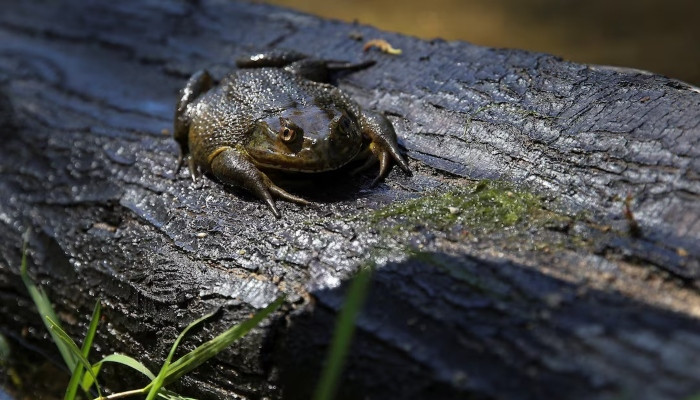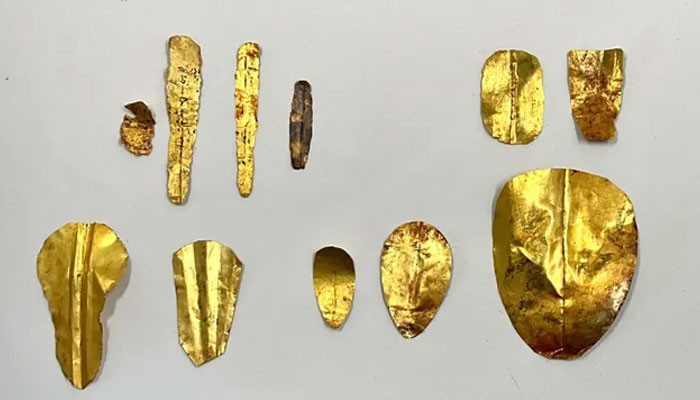Travel
Efficient irrigation — Pakistan’s missed opportunity
字号+ Author:Smart News Source:Sports 2025-01-13 07:45:56 I want to comment(0)
has undeniably emerged as the primary limiting factor for both intensification (increasing cropping intensity) and extensification (expanding cultivated land) of Pakistan’s agriculture. This pressing reality has been highlighted yet again by the recent controversy between the federal government and Sindh over the proposed Cholistan Canal project aimed at reclaiming the barren land of the Cholistan desert (in Punjab) for cultivation. Pakistan’s water resources are rapidly dwindling due to inadequate surface water storage, silting of existing reservoirs, and declining groundwater levels. The challenge is further exacerbated for farmers by the rising costs of pumping (groundwater) due to skyrocketing prices of electricity and petroleum products. Furthermore, water demand continues to rise due to population explosion and mounting food insecurity. As a result, the country is steadily approaching a severe water crisis. A long list of countries have adopted high-efficiency irrigation systems (HEIS) — drip and sprinkler-like pressurised irrigation technologies — on a large scale over the past 50 years to manage their water resources effectively. These countries have met their increased water needs, driven primarily by population rise and agriculture growth, through improved water-use efficiency and water conservation. It is unfortunate that the area under HEIS in Pakistan is limited to only a few thousand hectares — hardly 0.1 per cent of the total irrigated area, mainly confined to orchards, greenhouses, and tunnels. This stands in stark contrast to the 24pc (of total irrigated area) in Iran, 38pc in Turkey, 13.7pc in China, and 22.57pc in India. Over the last 13 years, India has added 11 million hectares under its HEIS as per the International Commission on Irrigation and Drainage 2022-23. High-efficiency irrigation systems in the country are limited to around 0.1pc of the total irrigated area due to farmer hesitation given high maintenance costs and risk of theft Despite decades of efforts by Pakistan’s federal and provincial governments, backed by generous subsidies, HEIS have gained little traction. Beyond farmers’ hesitancy to adopt these systems, it is ironic that many who initially embraced HEIS, later discontinued their use and reverted to centuries-old surface irrigation methods (gravity flow) that offer less than 40pc efficiency — nearly half that of pressurised systems. Such a lack of interest among farmers in HEIS is particularly concerning, as it is highly inevitable for the country to enhance on-farm water-use efficiency and water productivity (yield per unit of water) to support sustainable and resilient agricultural growth. The key question remains: has Pakistan’s social and technological readiness reached the level that can support a transition from surface irrigation to HEIS? Technologically, these solutions are not complex but do require frequent maintenance and careful operations to prevent clogging of emitters and other components. This mostly calls for an attitudinal shift among farm workers — from traditional, labour-intensive methods to a more precision-focused mindset. Regrettably, the majority of farm workers in Pakistan are illiterate and unskilled, posing a significant challenge to the adoption of these systems. Additionally, the limited availability of repair and maintenance services of HEIS makes adoption more difficult. Some experts cite the high initial capital cost as a major barrier to adopting HEIS. However, the same was once true for solar-powered agricultural tubewells, which have seen phenomenal growth in recent years. As a matter of fact, over the past three years, the government raised the electricity tariff of tubewells four times, which has significantly increased the return on investment and shortened the payback period — making solar a highly lucrative investment for farmers. The low perceived value of water — generally viewed as a cheap, abundant natural resource — is one of the major underlying factors for the poor adoption of HEIS in Pakistan. It seems that the monetary benefits of potential water savings through HEIS, combined with the advantage of higher crop yields (20-100pc) and fertiliser use reduction (40-60pc), have not yet reached a threshold that could convince farmers of its true value. Resultantly, water conservation has not been a priority. Surprisingly, many farmers have recently cited the rising incidences of theft as a key reason for abandoning HEIS or rejecting them altogether. HEIS components like pipes, emitters and valves, spread across open fields over several acres, have become prime targets for thieves. Farmers are unwilling to take on additional concerns, as they are already distressed by the rampant thefts of key parts — variable frequency drives, solar panels, and cables — from solar-powered tubewells, forcing them to spend nights guarding these valuables. Therefore, despite a hefty 75pc government subsidy (in Punjab), which amounts to over Rs0.2m per acre, the overall adoption rate of HEIS is below expectations. Consequently, Pakistan has no option but to prioritise improving the water-use efficiency of traditional surface irrigation systems. This can be achieved by promoting tried and tested technologies and irrigation practices, including laser levelling, mulching, furrow irrigation, alternate wetting and drying techniques (for rice crops), basin irrigation systems (in orchards), and weather forecast-driven irrigation scheduling. Additionally, reducing conveyance losses in farmer-controlled watercourses through lining and regular clearing of silt and weeds is highly essential. Chaudhary Mohammad Ashraff is the former Director General (On-Farm Water Management) of the Punjab Agriculture Department, and Khalid Wattoo is a farmer and a development professional.
1.This site adheres to industry standards, and any reposted articles will clearly indicate the author and source;
 Related Articles
Related Articles-
To hold each other’s flag
2025-01-13 06:25
-
بیونسی نے جے زی کے الزامات کے درمیان خاندان کی حفاظت کے لیے اقدامات اٹھائے ہوئے ہیں۔
2025-01-13 06:14
-
وینسا ولیمز نے دیویل ویئرز پراڈا سے اس وجہ سے وقفہ لیا
2025-01-13 06:00
-
پرنسز شارلین نے اپنے خاندان کے ہمراہ خوبصورتی سے نیا سال منایا۔
2025-01-13 05:42
 User Reviews
User Reviews Recommended Reads
Recommended Reads Hot Information
Hot Information- Probe into PSQCA hiring irregularities ordered
- جنیفر لوپز نے میڈ ان مانہیٹن 2 کے بارے میں اشارے دیے
- لیلی ایلن شوہر ڈیوڈ ہاربر کو ڈیٹنگ ایپ پر پانے کے بعد دلبکھ ہوگئی۔
- ٹیلر سوئفٹ کی بیکنگ سنگر نے ایراس ٹور کے پیچھے ایک نایاب جھلک پیش کی: ’’وحشی خواب‘‘
- Shangla buildings discharging waste into rivers to face action
- نکی گلیسر نے پیٹ ڈیوڈسن کے گستاخانہ جُوک پر خاموشی توڑ دی۔
- ٹریوس کیلسی کا دوست ٹیلر سوئفٹ کے ساتھ شادی کی منصوبہ بندی پر بات کرتا ہے۔
- آبری پلازا اور جیف بینا کی رومانس میں تباہ کن موڑ آیا ہے۔
- Pindi police hold flag march
 Abont US
Abont US
Follow our WhatasApp account to stay updated with the latest exciting content













